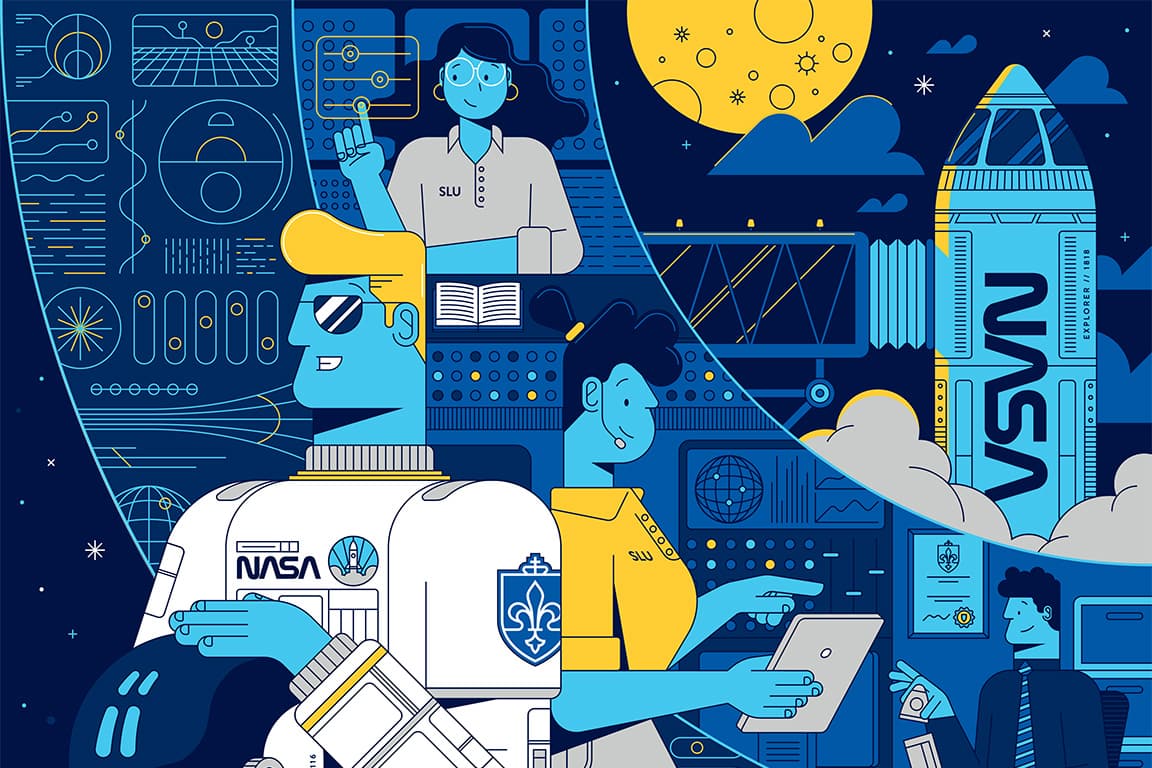Reaching for the Stars
02/01/2023
As the United States approaches a new golden age in space exploration, Saint Louis University aerospace graduates are involved at every level.
As NASA plans for the first crewed mission to the moon in over 50 years, few people have as privileged a view of the historic events as Dan Reczek (PC ’18).
Reczek is a flight controller at NASA’s Mission Control in Houston, just a few years after his graduation from Saint Louis University with a bachelor’s degree in aerospace, aeronautical and astronautical engineering.
“I can’t believe that I’ve got the opportunity to train the astronauts, the first people who will go to the moon since 1972,” Reczek said.
After working for a NASA contractor, he started in late July as a full-time NASA civil servant working on planned Artemis missions aimed at landing astronauts on the moon in 2025.
Today SLU graduates work in such diverse space endeavors as California-based SpaceX, NASA and the European Space Agency. Those space professionals said a Saint Louis University education prepared them for their challenging careers in the dynamic industry. And with the 2022 debut of the School of Science and Engineering, home to programs formerly in Parks College of Engineering, Aviation and Technology and four STEM departments from the College of Arts and Sciences, SLU will continue to position future graduates for success in these rapidly evolving professions.
Daniel Reczek
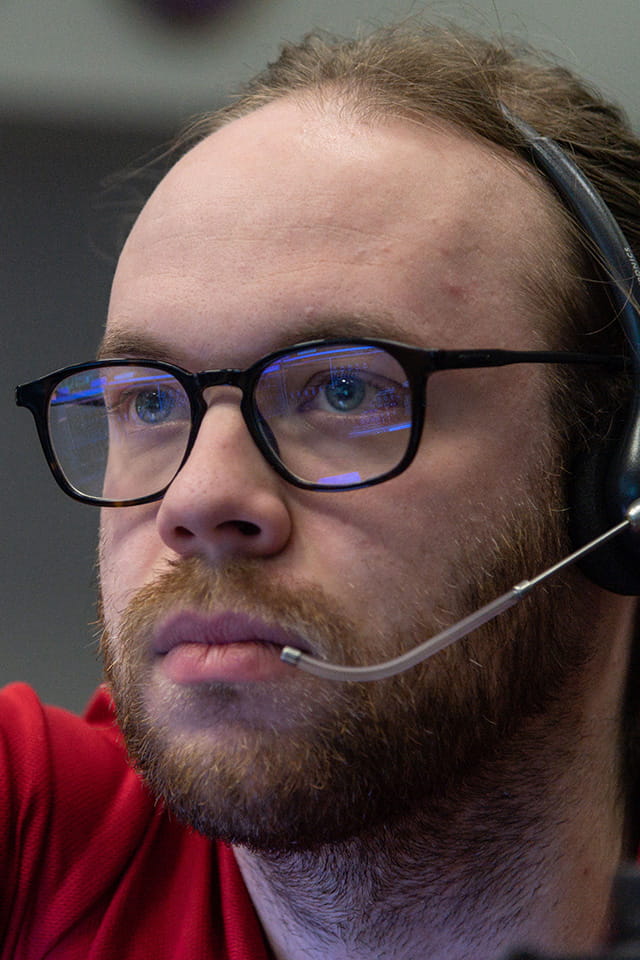
Reczek is aware that he’s the latest in a long line of SLU graduates who have served NASA and America’s space program, including the legendary Gene Kranz (PC ’54), flight director during the Gemini and Apollo programs. At NASA events, Reczek met Kranz, who is most famous for helping lead the Apollo 13 mission safely back to Earth after an explosion prevented it from landing on the moon.
“I think about the connection with Kranz a lot, and with the other Parks grads that have worked at NASA,” Reczek said. “There’s never been such a huge volume of people and companies in space operations or space launches. What’s happening in space today has never really happened before, and SLU graduates are involved in so much of it.”
Reczek said he never thought he’d be working in Mission Control so quickly after graduating.
“It helped that I came from Parks, and NASA has hired many graduates from there,” he said.
He recalls a NASA interviewer asking him what he thought he’d be doing in five years if he took the position.
“My answer was, I don’t know because I thought this is what I’d be trying to do in five years,” Reczek said. “I feel really blessed to have been able to get a job here, right out of school.”
Since then, he’s tried to network with aerospace students to let them know they can have their dream job if they just try for it.
Experiences at SLU that helped prepare Reczek include building CubeSats, or very small satellites, as part of the University’s Space Systems Research Lab and, perhaps surprisingly, working as events staff for SLU Athletics.
“Athletics events are fast-paced,” Reczek said. “I did everything from mopping the floor to running free-throw contests. It turns out Mission Control is also a fast-paced environment, and NASA recognized the experience as valuable.”
He also credits his success to studying aerospace at SLU-Madrid and to mentors Dr. Michael Swartwout and Dr. Srikanth Gururajan, associate professors in aerospace and mechanical engineering.
“Working at NASA is much more achievable than you would think,” Reczek said. “We want all the SLU grads we can get.”
Gene Kranz
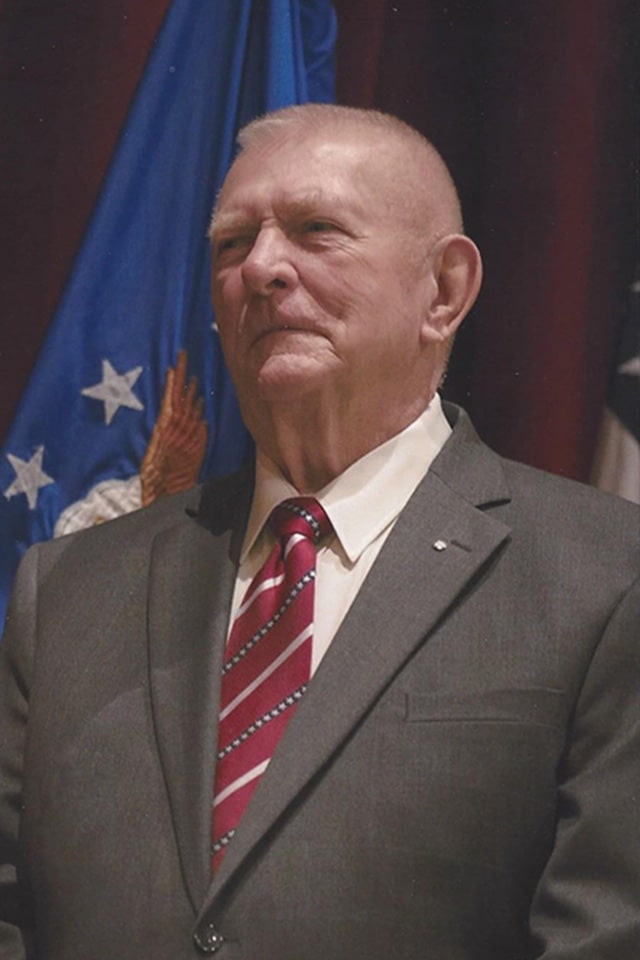
The 1995 Apollo 13 movie depicted Kranz’ central role during the infamous mission. Actor Ed Harris played Kranz, wearing his trademark white vest, a role that earned Harris a nomination for the Academy Award for Best Supporting Actor.
Even in retirement, Kranz is still an eager student and sage of space exploration, having published a book about his career in 2000 called Failure Is Not an Option: Mission Control From Mercury to Apollo 13 and Beyond. He has been writing a new book titled Tough and Competent, which he says will explore successful strategies and vision in the U.S. space program during Apollo and beyond.
Kranz, who turned 89 years old in August, recalls that his father’s death when he was just 7 years old prompted him to become independent and handy around the house, helping his mother by fixing appliances and other tedious mechanical jobs.
“I look at Parks and SLU as being one element of a series of experiences that prepared me to work in aerospace,” Kranz said. “Parks offered hands-on experiences. The miracle of Parks in those days was it had a small factory complex that built parts and maintained the airplanes we used at Parks Airfield.”
SLU moved Parks College from its former home in Cahokia, Illinois, to the main campus in St. Louis in 1997. Kranz said he thinks the move was good because it connects those students with a broader education at the larger campus.
He said he was paired with older, experienced students who kept him focused and disciplined. That discipline also served him later as he became a U.S. Air Force pilot and tackled tough problems at NASA.
“People want to know why and how we pulled off the Apollo 13 rescue,” Kranz said. “It was because we had the total technical knowledge base because we wrote the manuals, we wrote the procedures, and we understood the spacecraft inside and out.”
Kranz received an honorary Doctor of Science degree from the University in 2015.
Manuel Posso
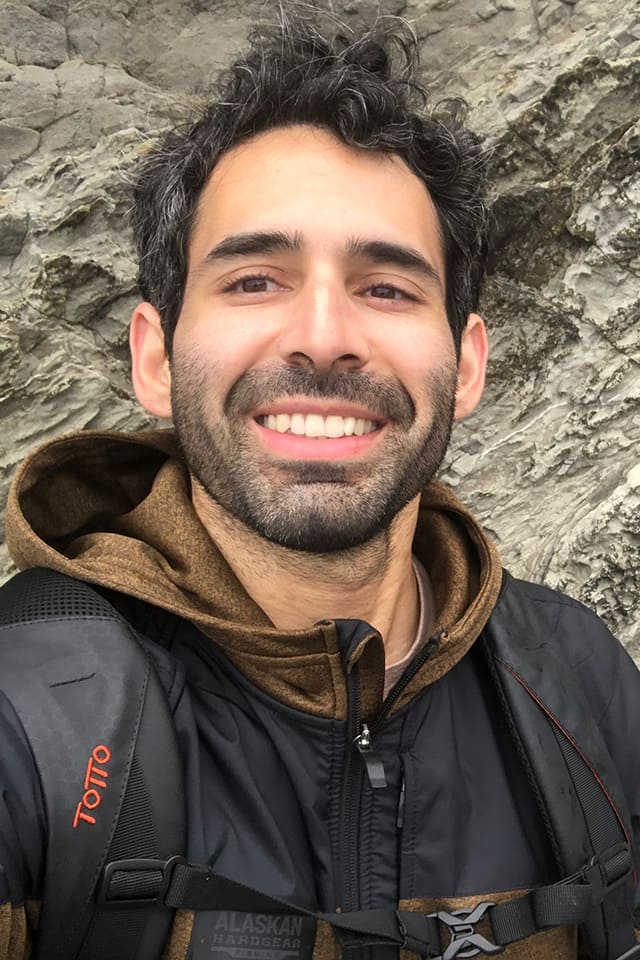
Manuel Posso (PC ’12, Grad PC ’14) is working for one of the newest space companies, Elon Musk’s SpaceX, which has become the dominant commercial space launch provider.
The company’s Falcon rockets launched a new record of 31 orbital missions in 2021.
Posso landed a job as an engineer at Boeing Co. when he graduated from SLU. After almost seven years, he moved to SpaceX as a senior launch engineer.
He calls his education at SLU “outstanding” and said the Jesuit tradition influenced him as an engineer and a person.
“I wasn’t just given a set of data and facts. I was also given the framework to make sense of the data and the facts within the context of human existence. I learned to see light in darkness, to have the confidence to trust my instincts and to believe in humanity,” Posso said.
He’s proud to be a part of a new chapter in space exploration, as NASA and commercial interests seek new milestones, such as landing on the moon again, establishing a base there and sending people to Mars, he said. Musk has made colonizing Mars the overarching goal of his business.
“We talk a lot about how fast the space industry moves today, but to me it isn’t so different from the speed of progress as we raced to the moon in the ’60s,” Posso said. “The main difference is that, with 2000’s tech, we can now reach similar speeds with a small fraction of the payroll.”
He believes humanity will reach a new “golden age” for space exploration when a permanent base on the moon or other celestial bodies becomes possible through mining and extraction of minerals, water, ice and other resources.
Posso suggests students who want a career in space get involved in as many activities on campus as possible. He had worked on model rockets and CubeSats by the time he graduated.
“Clubs and organizations were extremely influential in my development as an engineer, and I am very thankful that I was encouraged and supported even to start my own. If there’s one thing that makes candidates stand out, it is evidence of personal commitment to projects outside the classroom.”
Posso has a quick answer when asked if he’d go to Mars someday: “Yes. Just not on a one-way trip.”
Silvia Bayón Perez
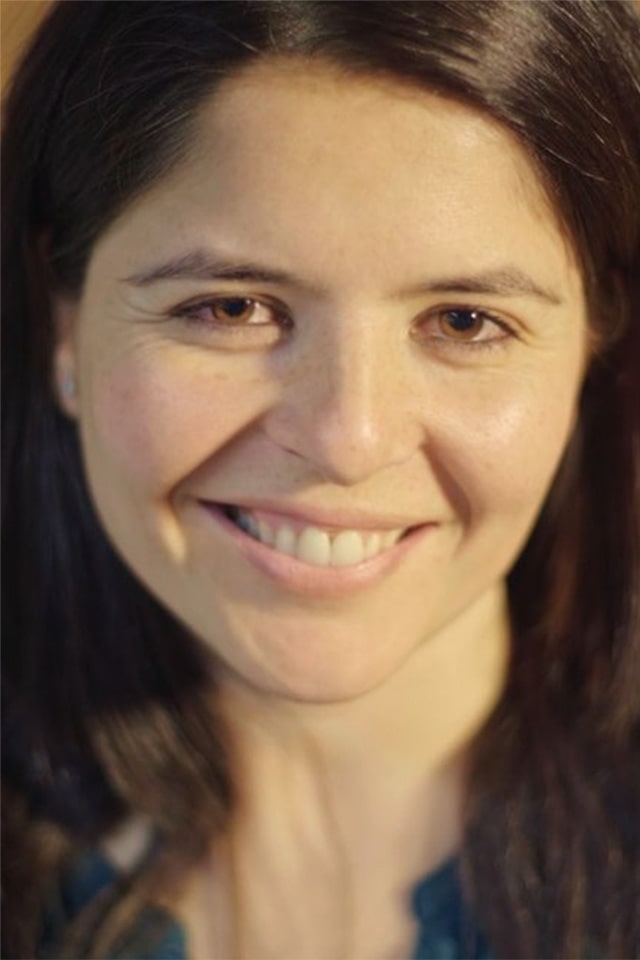
At the European Space Agency, Silvia Bayón Perez (PC ’01, Grad PC ’02) is helping plan missions to explore the solar system.
From ESA’s office in the Netherlands, Bayón Perez leads the Solar System Mission Section, which investigates potential new missions to explore other worlds such as Venus, Mars, and Jupiter’s and Saturn’s moons.
A fan of Mars exploration, she worked on the ExoMars Trace Gas Orbiter spacecraft that launched in 2016. A key goal of that mission was to analyze methane and other trace gases in the Martian atmosphere that could be evidence of possible life on the Red Planet.
“These are clearly exciting times for space exploration,” she said. “I think the paradigm has changed in the last few years in particular; there’s a lot more interest from private investors and private companies like SpaceX and Blue Origin, for example.”
Bayón Perez attended classes at SLU’s Madrid Campus and in St. Louis. She said her studies at SLU, while mostly focused on aeronautics, helped prepare her for a career in the space sector.
“I know things have evolved, and now there’s a space research lab at SLU, and there are students who are building and launching CubeSats, so I’m very jealous of that experience in a way,” she said.
Hands-on activities are vital to an engineering program, she said, recalling her participation on SLU’s team at the annual Design, Build, Fly contest for remote-controlled aircraft sponsored by the American Institute of Aeronautics and Astronautics.
After obtaining her bachelor’s degree, she secured a grant to carry out work on her master’s thesis as part of an official NASA program. That work described a mission that would take a greenhouse to Mars in preparation for a first human mission. She presented the results to engineers at NASA’s Kennedy Space Center in Florida.
SLU’s international programs were vital to her education, she said. She remembers especially how the late Dr. Krishnaswamy “Ravi” Ravindra, former associate dean at Parks, made international students feel at home on holidays such as Thanksgiving by inviting them to his house.
Lindsey Jasper
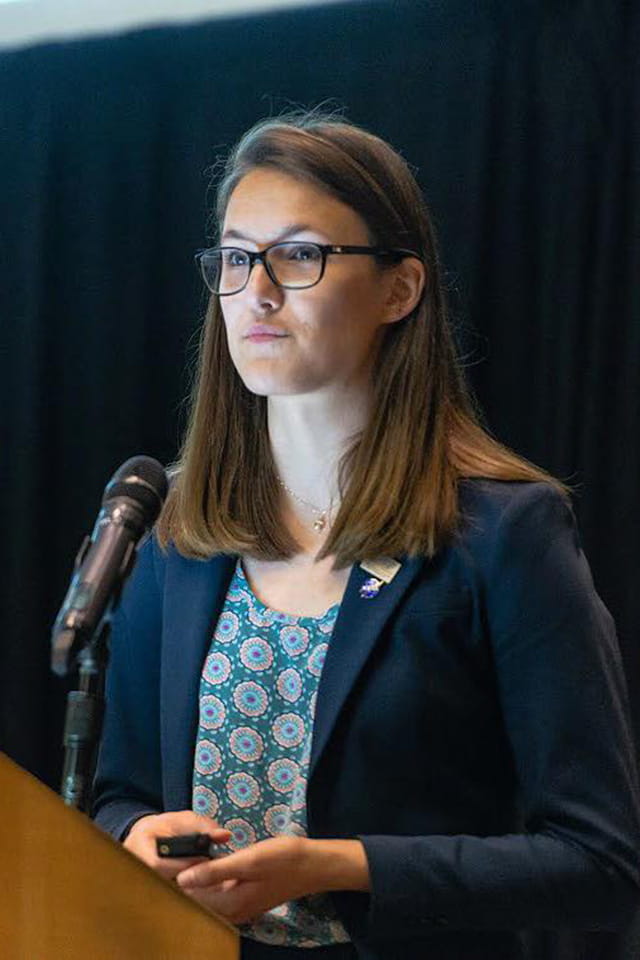
Only a few years ago, Lindsey Jasper (PC ’19) loved to collaborate on engineering homework assignments and sing on Sundays at St. Francis Xavier College Church. Now, she’s helping to build and design satellites for the U.S. military’s space surveillance network at Northrop Grumman in Virginia.
“Space is booming, and regardless of what sector you’re in, it’s such a great time to be an engineer or a scientist or a mathematician in this arena,” Jasper said.
Despite the hot job market, and great strides made toward more diversity in the field, Jasper still frequently finds herself as the only woman in a meeting or at an engineering event. She encourages women to get involved in aerospace, where she believes they have the best chance ever of getting hired in history.
“We’ve come really far, but we also have a really far way to go, and I do my best to make all the spaces that I work in welcoming and as diverse as possible,” she said.
Jasper is also grateful that she works at a time when powerful computing tools make many tasks easy that would have required days of work and lengthy calculations only decades ago.
“I have so many tools accessible to me that I use on a daily basis that are just infinitely more powerful,” she said. “With simulations, I can literally visualize my spacecraft, see where it’s going, plug in the equations, and ultimately, just tell my computer what to do in a very simple and straightforward way. I’ll even get a little video of what it’s going to look like when it does that.”
Jasper said SLU allowed her to work directly on projects even as an undergraduate, which she believes is a unique benefit.
“As a freshman I was able to participate in a lab that built and designed CubeSats, and that was an absolute highlight of my education,” she said.
Her best memories are of the “collaborative environment” she discovered.
“We would wake up on a Saturday morning and go to a classroom and do homework together, even though that might sound super boring to some people,” Jasper said. “I found a group of people there that would legitimately look out for each other’s best interests and help each other, which is one of the things that really contributed to my success.”
Fernando Abilleira
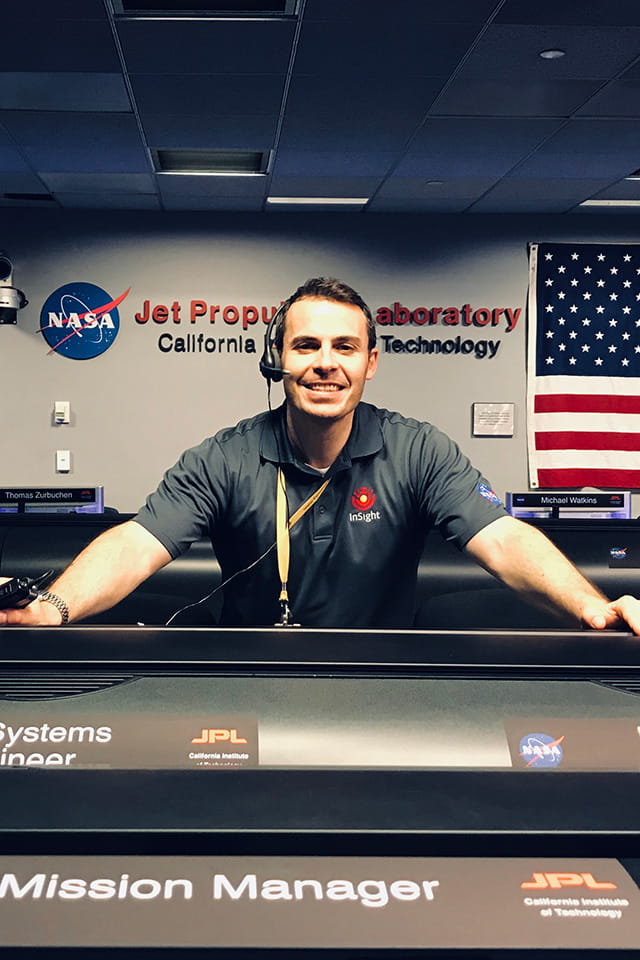
One of NASA’s biggest achievements in recent years was the flawless landing of the sophisticated Perseverance rover and Ingenuity helicopter on Mars on Feb. 18, 2021.
The mission had launched from Florida during the dark days of the pandemic despite workplace COVID-19 restrictions. Fernando Abilleira (PC ’99, Grad PC ’01) was deputy mission manager for the project, known as Mars 2020.
Since its landing, the mission has confirmed new evidence of water action on the Red Planet and notched historic milestones for the first powered, controlled flight on another celestial body by the tiny, 4-pound Ingenuity. Now Abilleira is working on the next Mars objective, the return of rock samples drilled by Perservance for study on Earth.
“Mars Sample Return will be the most technically complex Mars mission to date,” he said.
The mission team is now planning to launch and land on Mars a robotic vehicle that will collect rock samples and launch them into Martian orbit, where they will be retrieved by another spacecraft and returned to Earth.
Abilleira said he respects the work of previous generations that have allowed advancements in space exploration. He said being part of the Mars mission teams has been a privilege.
“We are sitting on the shoulders of giants. What the space pioneers did with a fraction of our technology level is nothing short of extraordinary. We went from being able to capture a very grainy black and white picture of another planet to recording our own landing on Mars. That is truly remarkable,” he said.
Abilleira said many professors and staff members at SLU had a “great positive impact” in his development, including the aforementioned Ravindra and Swartwout.
As he looks to the future, Abilleira does have one caveat to his career trajectory.
“I would love to visit Mars,” he said, “but I would not leave Earth without my family and loved ones.”
— Paul Brinkmann (A&S ’89) is a journalist with more than 30 years of experience who has worked for the Orlando Sentinel and UPI, covering the space industry. He is now a writer at AIAA (American Institute of Aeronautics and Astronautics) and its magazine Aerospace America.
About Universitas
Universitas, the award-winning alumni magazine of Saint Louis University, is distributed to SLU alumni, parents and benefactors around the world. The magazine includes campus news, feature stories, alumni profiles and class notes, and has a circulation of 132,265.


















